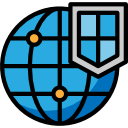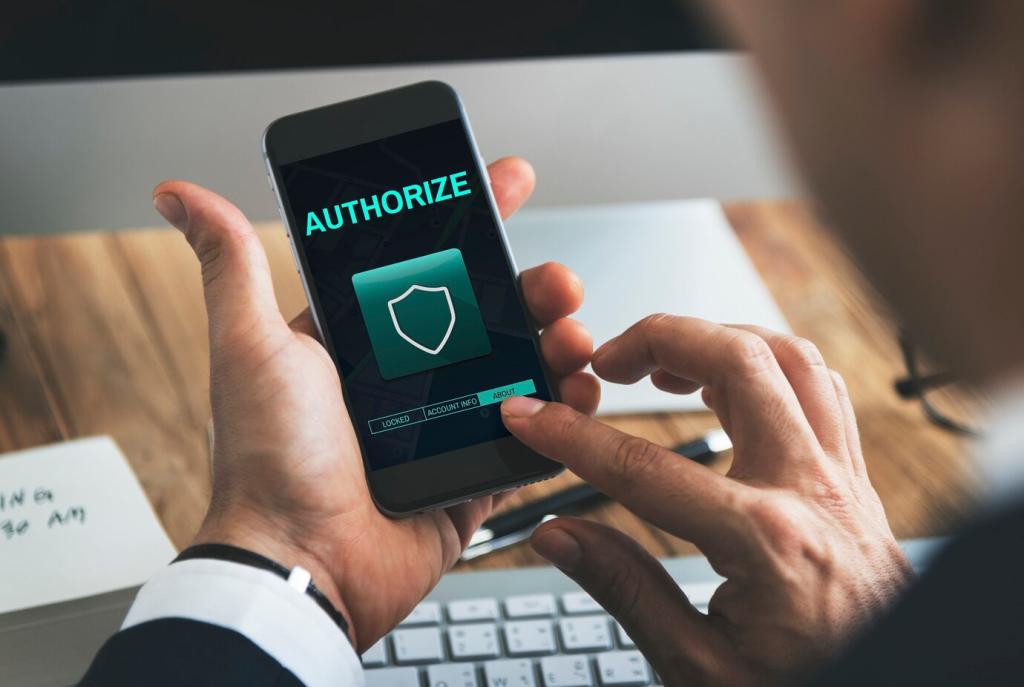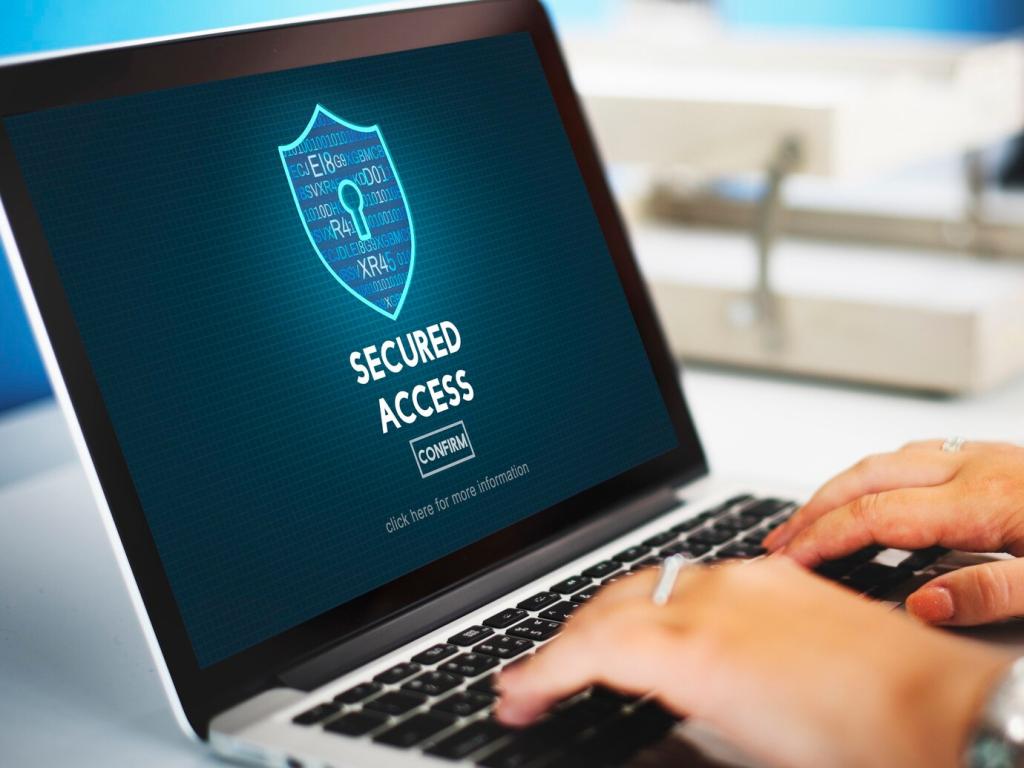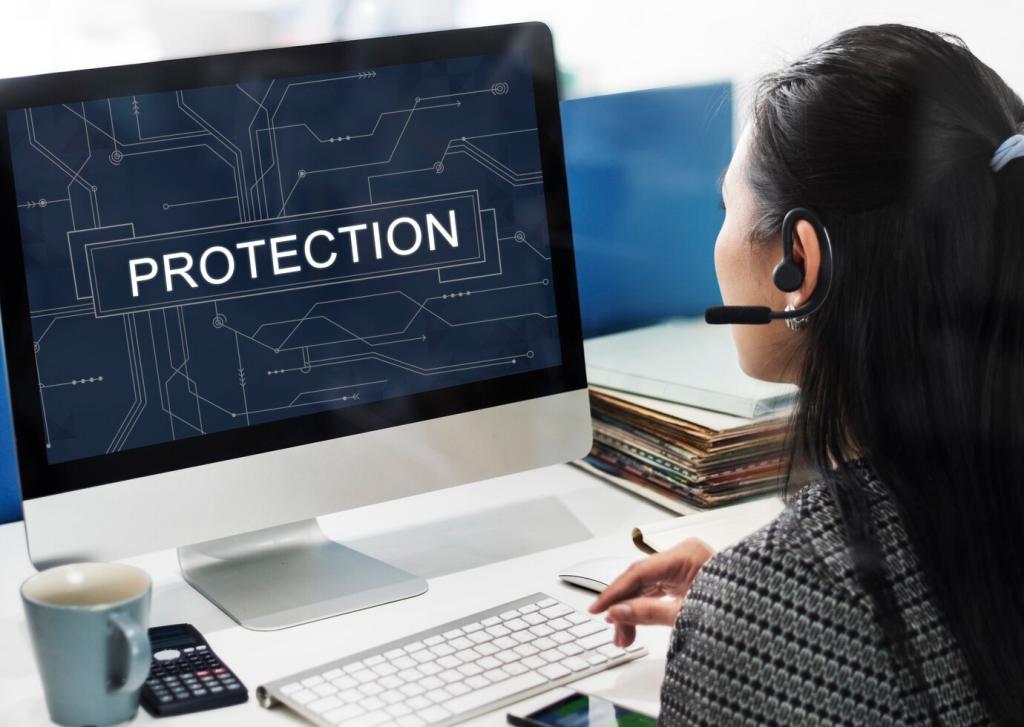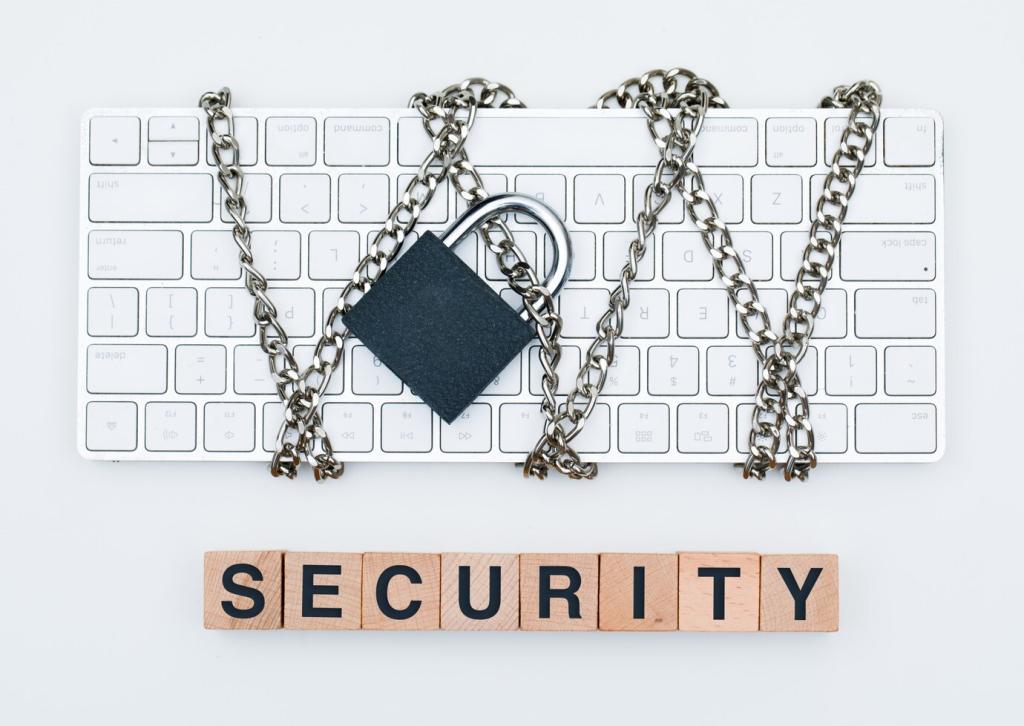Human Proof: Passwords, Passphrases, and Multi‑Factor Mastery
Use long, unique passphrases made from vivid imagery and personal mnemonics, not birthdays or quotes. A manager should generate and store everything else. Rotate credentials after risks emerge, not arbitrarily. Ask us for our passphrase mini‑workshop and share what finally made yours stick.
Human Proof: Passwords, Passphrases, and Multi‑Factor Mastery
Email and identity providers anchor your digital life. Enabling MFA there blocks most account takeovers, even if passwords leak. Prefer app‑based or hardware tokens over SMS. Comment if you want our step‑by‑step MFA quickstart for your tools, and we will send it along.
